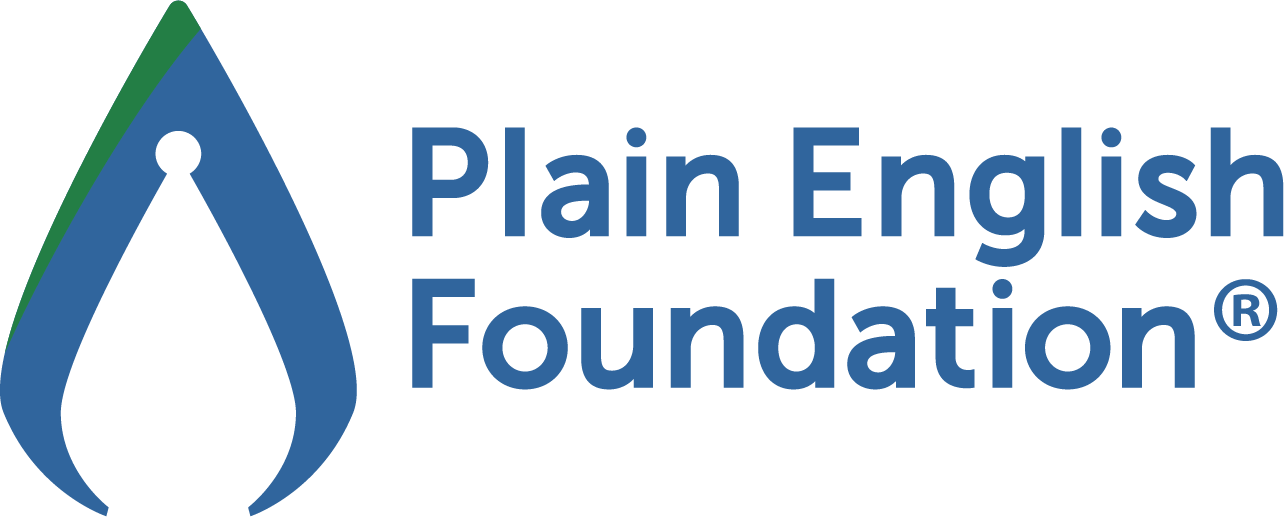Q&A
Online Event:
Negotiation in an inflationary environment
Our live Online Events end with a Q&A giving you the opportunity to ask our expert your questions.
While we might not have the opportunity to answer all the questions during the events, we are committed to provide responses to your questions post-event.
Please find our Q&A below:
Q&A - Europe Session
Answers by strategist Melanie Lilley (click on the question to see the answer).
What if I have no obvious BAE (‘Best Alternative Elsewhere’)?
Think creatively. It may appear there is no realistic alternative initially, but expand your thinking, get others on board to brain storm ideas (elevate internally? Senior management may give bigger concessions). You may not come up with a comparable option, however even keeping the status quo could be deemed to be a BAE. Remember, this is not just a ‘nice to have’, but a realistic and credible alternative.
If you are in sales could you, for example, walk away from this negotiation, with the aim of doing more research, building greater relationships and prepare to renegotiate again in a given period of time? Think about the importance of your business to the other party. Are you supplying a rare commodity, for example? What does this do to your power status?
Procurement, could you form a buying consortium with others/consolidate purchase orders to bring greater power? Ask yourself how important your business to them – what percentage of their overall volume do you contribute to? Look at the actual percentage of the volatile product in the bigger picture of your overall purchasing. What can you offset against other orders? Who really has the power?
An option could be to bring in a mediator if you find yourself in a dispute situation.
And don’t forget to look at the other party’s BAE, particularly personally. What does this mean to them - what pain are they experiencing. For example, how dependent is their position on your account? Who is looking over their shoulder and expecting results? Are they time poor, need recognition in the right places, new to the role? How can you support them and use this as leverage? Remember to look at the hidden needs, particularly in these challenging inflationary times.
Lastly, remember to bring in other issues and options for a positive win-win joint gain outcome, don’t get fixated on a single-issue negotiation.
What could you ask for/offer?
- Purchasers could offer: commitment to longer term agreement/payment in advance/combining volumes with others/gateway to new market/mitigate vendor risks in exchange.
- Purchasers could ask for: change in payment terms/discount for pre-order/flexible supply etc.
- Sales could offer: rebates/superior service levels/to offset increase against less volatile commodity.
- Sales could ask for: agreement to flexible supply/training and support.
Remember concession exchange and giving options will bring you a greater outcome.
Within today’s climate, expanding your thinking to consider a BAE might lead you explore a unique angle to a negotiation you may not have previously needed to bring into play.
Q&A - APAC Session
Answers by strategist Tony Hudson (click on the question to see the answer).
Is adjusted payment terms not just price in disguise?
Not at all, your counterparty may be under significant cash flow pressure and prepared to accept a lower price if payment is made sooner – the opposite could also be true – need to find out what their needs are.
Are there things that I can do now (outside of our current shorter term negotiation) to protect the long term relationship with my key clients?
Always! How about acknowledging with your Other Party that things are currently challenging, and despite that, you need to confirm you value the relationship and aim to be there for the long haul – might find some common ground that they feel the same?
My team are stuck in a negotiation situation where we are finding it hard to agree internally. We’re divided in opinion on what our next move should be. My team feel strongly that we need to maintain our position and value. The other department are aggressively trying to get us to reduce our rates. What can we do?
Find out why they are behaving that way. Is it an organizational push, or an individual push – if its the former, your superiors may need to become involved, if the latter, possibly the same but also consider who is driving the push for reduced rates and what is behind that need (personal perhaps?).
Q&A - Americas Session
Answers by strategist Carrie Gallant (click on the question to see the answer).
How do I know if a price increase is fair, today?
Fairness is really a subjective concept, usually held in relation to something. In these inflationary times, many would pin a fairness standard measured against what has happened in the past (for example previous pricing or delivery arrangements), while others might pin it on the level of risk to their overall business success, perhaps even their ability to stay in business.
The key is to understand, what does fairness mean to you? Decide what would be fair to you; what you believe would be fair to the other party. If fairness is also important to the other party, you could even ask them what they would see as “fair” and how they are determining fairness.
What if we're in a short-term relationship?
Make sure you are still focused on your outcome objectives, influencing and building common ground with the other party as early as possible.
This eases the brain signals of threat or foe that can otherwise be triggered, especially during challenging times like an inflationary environment. You might find common ground in a short-term relationship negotiation through a common deadline or even the current circumstances themselves.
What is the difference between the current environment vs other negotiations?
The current environment can feel full of negative pressures and challenges - like inflation, scarce supplies or unpredictable supply chains - that trigger feelings of threat, scarcity or danger and reactionary behaviours, like knee-jerk price reductions/increases or delivery demands.
These triggers can affect both you and the other party, so even if you follow our ENS methodology for preparation and seek opportunities to influence as early and often as possible, you want to be prepared for the other party’s behaviour. In these times, it is even more important to focus on your long-term objectives as well as your short-term objectives, the process of your negotiation (HOW you are managing the negotiation) as well as the content (the WHAT you are negotiating about), and seek to build that common ground with the other party that will increase the likelihood that you and they will reach a mutually satisfying outcome that you can continue to build on in the long term.
History tells us we are in another cycle that will eventually shift to better times.
What is the optimum number of people while negotiating?
There is no blanket rule here. The optimum number depends on a number of factors that you get to determine in your preparation pre-negotiation time. Some things to consider:
- Who needs to be involved on your team in the formal negotiation? How many?
- Who needs to be consulted or involved in determining our objectives and strategy?
- Who is on their side? How many are involved?
What are the key points to focus on when you only have a short time to prepare for a negotiation?
The quick preparation method you can use in any negotiation is three-fold: What are your needs? What are their needs? Where is the (potential) common ground? If you keep these three in mind, always, you can negotiate on the spot. Even considering your answers to the “5Ws” can help you prepare well in a short period of time: Who, What, Where, When, and Why?
Of course, we always recommend investing more time and using the ENS Systematic Preparation method.








